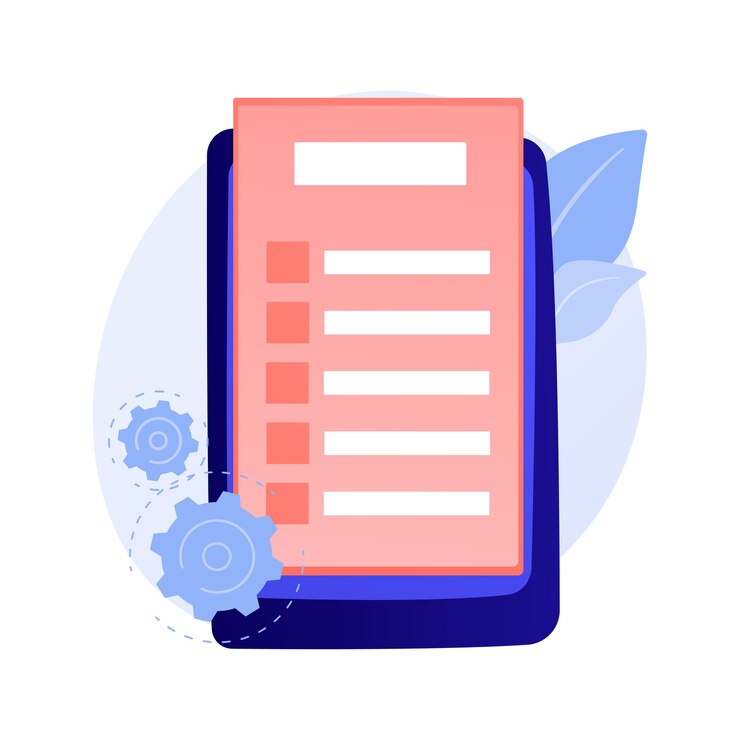A Beginners Guide to Cybersecurity
A Beginner's Guide to Cybersecurity
 |
| FreePik by top_dog |
What is Cybersecurity?
 |
| Freepik by photoroyalty |
98% of Americans own a cellphone, nine in ten own a smartphone, that is a vast percentage of people (Pew Research Center).
Whether we like it or not, in today’s day and age computers and technology are all around us. The phone in your pocket, the gaming console in the living room, the computer at your desk, and for some, the computer in the refrigerator. Technology is everywhere. The internet is such an amazing tool, we get to teach ourselves just about anything, look at pictures of cute cats, laugh at silly memes, and watch videos just about anywhere.
While doing all of this, we do not think about how many potential threats we could be at. I am hoping to explain very briefly what to look out for when trying to protect yourself from potential threats on the internet. Because you can do so much by simply being informed to protect yourself.
Where does Cybersecurity come into play?
A few things that Cybersecurity professionals hear nearly every day, but you may not have, are things like phishing, hackers, malware, ransomware, spyware, and virus. Now, this is a lot of jargon if you have never heard anything like it before, so let me break it down. Freepik by sentavio
Phishing are things like unwarranted emails or text messages that are sent to someone like me or you from a hacker who is pretending to be a legitimate business. For example, recently I have been getting texts from the toll pass in my state. How do I know it isn’t mine? Well, I don’t have a car, so I get a little chuckle every time I get one of these messages.
Hackers, the one you are probably thinking of, are known as black hat hackers. These hackers are attempting to gain unauthorized access to a system with the intention to cause problems, harm, or otherwise be a nuisance.
Malware is just a mash of the two words “malicious” and “software”. Because it is indeed, a malicious software.
Ransomware, while not as common, is when a hacker has taken over a computer or files on a computer and will only return them if the victim pays them a fee.
Spyware is a type of malware that someone may use to watch what you are doing on your computer. These types of things are used to collect bank information, work information, and more.
A virus is another type of malware, this type of malware deletes or otherwise disrupts files.
What does it have to do with you?
Do you have a password on your phone or computer? Congrats! You have taken a step into the cybersecurity realm without even realizing it. Cybersecurity includes all of the passwords on all of your accounts, the protection you take on your computer. That antivirus software you might think is unnecessary—yep, that’s part of cybersecurity too.
Now, hopefully, at this point I have not overwhelmed you with information. A few things you can do to protect yourself online are never putting your information out there. For example, if you get an email from “Amazon” that says you need to login to receive a package, it probably is not Amazon. A company will very rarely ask you to login via email or text. If your “bank” calls you, I would hang up and call your bank yourself. Then check and make sure that they called you, if they did proceed with whatever business you need to take care of.
If you use google chrome, you have probably seen that little option to save your password to your google account. I do not. This is another precaution I take. Sure, remembering all of those passwords can be a pain, but let’s say, I save all of my important passwords to google and a hacker manages to get the one password for my email, well, now they have the passwords for everything I may have saved.
Basic tips for Cybersecurity Beginners
- Use strong, unique passwords.
- Enable 2 step-authentication when possible.
- Keep software updated.
- Be cautious of emails/links.
- Use antivirus software and a secure Wi-Fi network. (No, the one at Starbucks is not “secure”.)
Signing out
Cybersecurity is a massive constantly changing environment, I do not say this to frighten anyone but it is the whole heartened truth. With constant updates and new technology, it is always changing. But with being aware and informed about the possible threats while being online and even using one or two of the tips above, you will be exponentially safer.
References
Pew Research Center. “Mobile Fact Sheet.” Pew Research Center, 13 Nov. 2024, www.pewresearch.org/internet/fact-sheet/mobile/.


Comments
Post a Comment